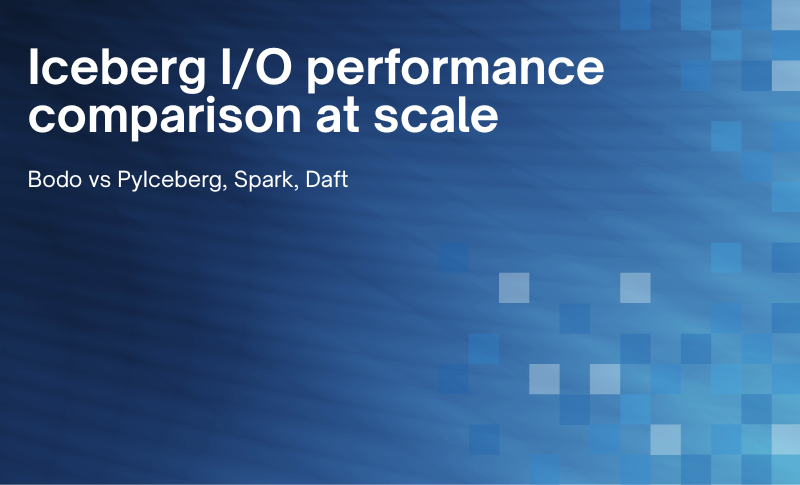
C++ in Embedded Systems: A practical transition from C to modern C++
Writing software for microcontrollers and embedded systems is challenging. In order to get the most out of resource-constrained systems, embedded developers need to have a good knowledge of platform architecture. They need to be aware of available resources, including processor capabilities, available memory, and peripherals. The need to have direct access to hardware through memory-mapped peripherals has made C the language of choice for embedded systems for half a century.
The goal of any programming language is to carry out the process of converting application-specific abstractions into code that can be transformed into machine code. For instance, Common Business-Oriented Language (COBOL) is used for banking applications, and Fortran is used for scientific research and heavy mathematic calculations. C is, on the other hand, a general-purpose programming language commonly used in operating systems (OSs) and embedded system applications.
To get the most out of this chapter, I strongly recommend using Compiler Explorer (https://godbolt.org/ ) as you read through the examples. Select GCC as your compiler and target x86 architecture. This will allow you to see standard output (stdio) results and better observe the code’s behavior. The examples from this chapter are available on GitHub (https://github.com/PacktPublishing/Cpp-in-Embedded-Systems/tree/main/Chapter01 ).









